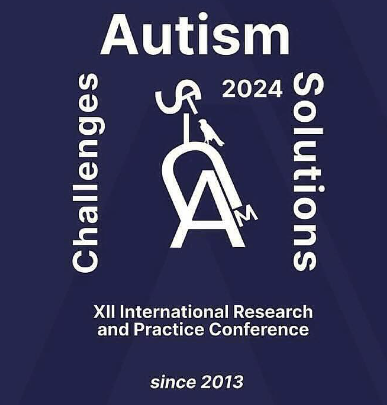Neurological Dysfunctions and Non-Neurological Comorbidities in Clinical Manifestations of Autism and Their Role in ASD Development: 15 Year-long Experience in Autism Diagnosing and Treatment
Published 2024-06-07
Keywords
- Neurological Development,
- Prenatal Phase,
- Postnatal Phases,
- Brain Structure Abnormalities
How to Cite
Abstract
It has been nearly 80 years since Drs. Asperger and Kanner first identified the condition known today as Autism or ASD. Subsequently, it has been officially established that autism is a multifaceted anomaly in the maturation of the neurological system, typically detected during early life. Nevertheless, this pathological condition progresses through several underlying stages of growth, commencing in the prenatal phase and evolving into an autistic phenotype during the early and later postnatal phases.Significant deviations in the brain and neurological system structure and function characterize autism. The initial clinical manifestations of autism include sensory impairments such as distorted perception of auditory, visual, gustatory, olfactory, and tactile stimuli and motor dysfunction characterized by diminished motor abilities, gait abnormalities, oculomotor dysfunction, and similar symptoms. These diseases occur before obvious neuropsychiatric symptoms manifest, such as behavioral abnormalities, learning impairments, and the inability to interact verbally and nonverbally. It is crucial to acknowledge that these sensory abnormalities significantly contribute to the autistic child's failure to develop the typical behavioral, linguistic, and motor skills. In autism, sensory overloads and distortions hinder the ability to perceive and integrate information, thereby affecting typical development, learning, and adaptation. In addition, sensory distortions in individuals with autism can result in several other manifestations of autism, including anxiety, restlessness, insomnia, compromised cognitive functioning, exhaustion, underdeveloped problem-solving abilities, and impaired decision-making skills. In addition to the above symptoms, there is a lack of attention given to several other signs and manifestations of these illnesses. Based on my extensive 15-year experience studying and treating several hundred children with autism, including those complicated with cerebral palsy and epilepsy,

